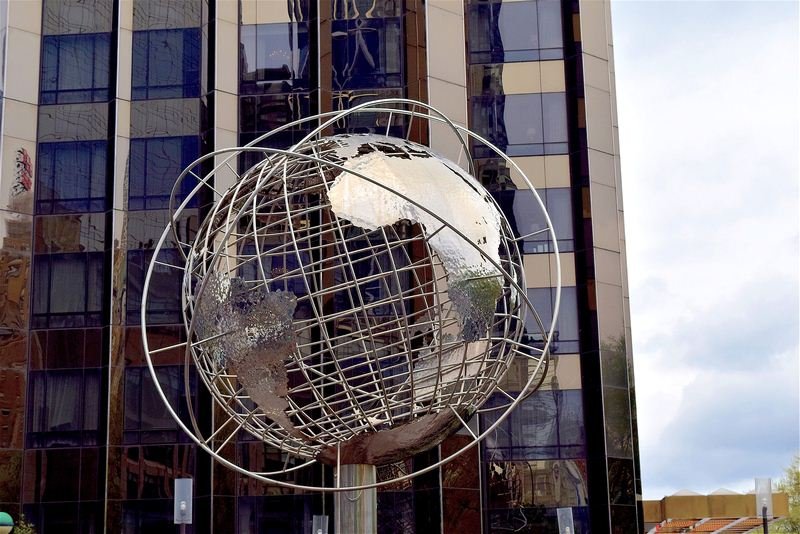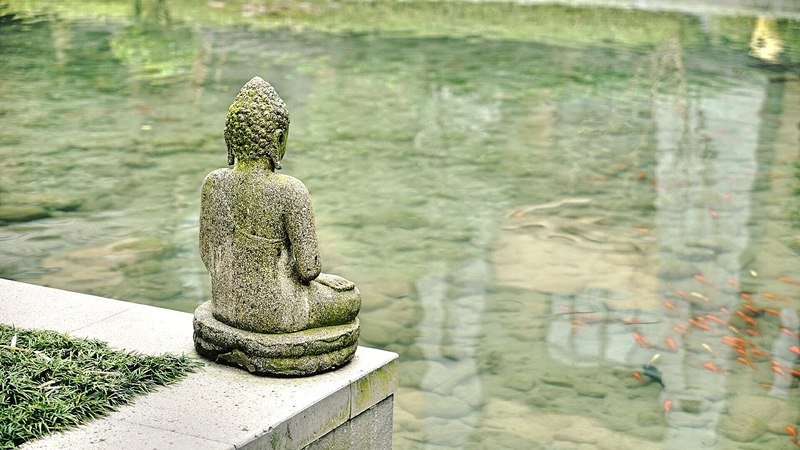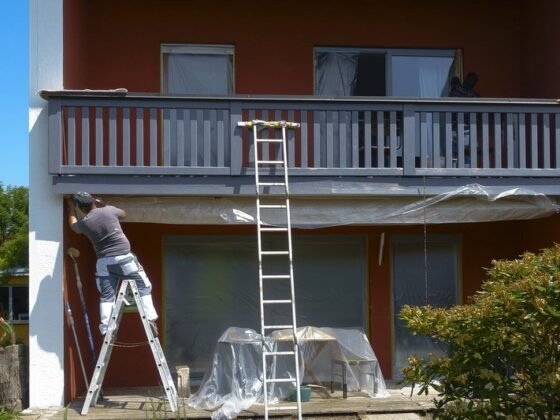Table of Contents Show
For centuries, some of the world’s greatest artists, from Michelangelo and Donatello to Picasso and Warhol, have brought beauty to our world through their sculpture.
Sculptors, like other types of artists, create with an endless variety of materials: ceramic, metals (such as bronze or steel), stone, plastics, clay, fiber, or natural materials.

The artwork they produce as diverse as the artists creating them. Considered a form of three-dimensional (height, depth, width) art sculptures can occupy your office space in uniquely beautiful ways.
Beyond its use as pure decoration, sculpture transcends gender, cultural backgrounds, or language to evoke emotions, and create a feeling for your interior or exterior space. Sculptures can also create movement or energy and inject personality and color into your office space, especially important since people spend a great deal of time in work environments.
Sculptures can bring the artist’s creative genius into your workspace, making a one-of-a-kind statement that personalizes your office environment through artistic expression. Plus, sculptures come in a variety of price points.
There are two fundamental methods and types of sculptural processes:
- Subtractive, where the unwanted matter is removed from hard materials, like marble or wood, to reach its final form.
- Additive, where mixed-media materials are added, or assembled, by welding or gluing into imaginative combinations that take on meaning as the sculpture is constructed.
Art is, of course, incredibly subjective. However, with so many available options for every taste and personality, you’re sure to find a type of sculpture that brings the “right” vibe to your office aesthetic. Read on below for five terrific sculpture ideas for your office space.
Read Also:
Freestanding Sculptures
Perhaps the most recognizable form of sculpture art, freestanding sculptures, are immobile works that frequently become statement pieces – and popular backgrounds for photographs.
Wall Street’s 11-foot tall Charging Bull and Michelangelo’s 17-foot tall David are enormous, beautiful, and famous free-standing sculptures.
Also referred to as “sculpture in the round,” these types of sculptures inhabit three-dimensional space, can be placed indoors or outdoors and can be experienced from all sides.
There are many things to consider when looking at freestanding sculptures for your office, including how the piece will occupy the space as well as the scale, texture, weight, color, and shape of the work.
While office sculptures aren’t usually large due to spatial constraints, you’re sure to find a variety of sizes, shapes, and styles that would well serve your particular space needs. Consider setting smaller-scaled sculptures upon display pedestals with special lighting to accentuate the piece and further instill visual interest in the work.
Relief Sculptures
Fully or partially attached to a surface or background, relief sculpture, also called “wall sculpture,” inspires creativity, sets a mood, and injects color in an otherwise staid office environment.
These types of sculptures are a great option when you don’t have the floor space for a freestanding sculpture, but do want to introduce colors, shapes, and visual interest to space. Sure to jump-start the creative juices of your office, decorative motifs like relief sculptures add a unique visual backdrop to your business setting and particularly enliven glass-enclosed spaces.
Relief sculpture décor really pops and creates a focal point in conference rooms, hallways, lobbies, offices, waiting areas, the boardroom, anywhere you want your environment personalized with a distinctive design element.
Relief sculptures frequently invite conversation and maybe even compliments from visitors about the meaning of the artist’s work. This type of art is wonderfully difficult to ignore and can often make a statement.
When space planning, consider relief sculptures using bright and vibrant colors to present a creative, enchanting office atmosphere, or use more subdued colors to bring some tranquility to a room. The use of color in a sculpture (or in any art) can have a profound effect on its viewers.
Exterior Sculptures
Let your landscape become an art. The presence of outdoor sculpture can create harmony between the scale of your outside space and increase interest to your grounds. Create a vivid focal point at your building’s main entrance when you grace it with outdoor sculpture art.

Often made of metals, concrete, stone, or other ultra-durable materials, outside sculptures enhance open-air spaces, can make your employees feel better about their work environment, and offer an inviting welcome to your visitors.
Tucked in gardens or by fountains, walkways, or benches, sculptures can be thought-provoking and used as ways to break up areas in which people congregate. They can also bring a burst of color to a lawn or patio area, or communicate ideas.
For instance, sculptures might be memorials to your company founders or milestones, an abstract embodiment of your company mission or values, or simply a whimsical addition to embellish your outdoor areas.
Sometimes people and visitors engage with exterior sculptures, walking under, around, or through them – or photographing themselves beside it. A prime example of this is Chicago’s Cloudgate or as it’s better nicknamed “The Bean.” The placement of engaging sculpture in outdoor spaces can make it an overall immersive experience.
Garden sculptures can not only highlight the people’s places on your grounds, but they can help employees enjoy where they’re working and become a favorite spot where they want to be. Beautify your green space with expressive exterior sculptures to create an experience sure to be appreciated by all who visit.
Kinetic Sculptures
Because this type of sculpture features parts that move, either by mechanical power, magnetic fields, wind, or jets of water, it is particularly eye-catching. Often used to take advantage of high ceilings in atriums, this dynamic form of sculpture offers constantly changing patterns and continual transformations.
Kinetic sculptures are a playful type of art and are particularly popular in large indoor or outdoor spaces, like atriums or near water features. The play of light on kinetic sculptures, like mobiles, can create a powerful line of sight and light – and can quickly become an especially mesmerizing work of art in the workplace.
Non-Traditional Sculpture
Since sculpture is an ever-changing type of art that has evolved to include the more modern recycled and found object sculptures, which combines objects from just about anywhere in unique ways.
Also referred to as “assemblage sculpture,” non-traditional sculptures don’t follow fixed rules, creating an interesting visual experience and enhancing an office environment in inventive ways. In fact, anything three dimensional could be considered a sculpture but that doesn’t mean you can buy just anything to display in your office.
Setting up a meeting with an art dealer can help you figure out what kind of sculpture might best work for your office. Good art dealers will also know artists you should be looking at and can guide you to the best possible sculpture.

Conclusion
Whether your office is contemporary, traditional, avant-garde or something else, sculpted art can help your business boldly express its individuality, reinforce your brand, or transform your space. Like all types of art, some sculptures are dramatic, some more subdued, but all add a valuable creative dimension to the workspaces they inhabit.
Look to surround your office with beauty and make your space original, as you let sculptors’ inspirations become your company’s inspirations. Adding sculptures will make a positive statement about your company culture – and support the sculpture makers too.









